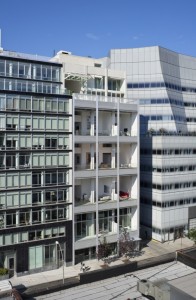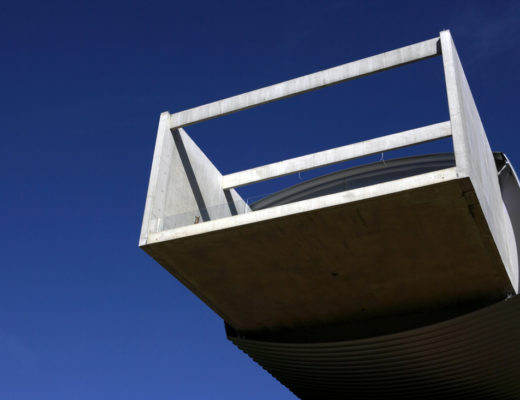
Metal Shutter Houses - Shigeru Ban Architects + Dean Maltz Architect - US
Architects: Shigeru Ban Architects + Dean Maltz Architect
Location: 524 West 19th Street New York City, New York, US
Executive Architect: Montroy DeMarco, LLP
Structural Engineers: Robert Silman Associates, PC
Mechanical Engineers: ICOR Associates, LLC Consulting Engineers
Interiors: Shigeru Ban Architects + Dean Maltz Architect
Developer: HEEA Development LLC
Project Year: 2011
Photographs: Michael Moran
- Metal Shutter Houses – Shigeru Ban Architects + Dean Maltz Architect – US
- Metal Shutter Houses – Shigeru Ban Architects + Dean Maltz Architect – US
- Metal Shutter Houses – Shigeru Ban Architects + Dean Maltz Architect – US
- Metal Shutter Houses – Shigeru Ban Architects + Dean Maltz Architect – US
- Metal Shutter Houses – Shigeru Ban Architects + Dean Maltz Architect – US
- Metal Shutter Houses – Shigeru Ban Architects + Dean Maltz Architect – US
- Metal Shutter Houses – Shigeru Ban Architects + Dean Maltz Architect – US
This marks the first new construction condominium residences in the United States by Ban. Known for his “poetic” architectural style, Ban has tailored what could be characterized as contextual invention to this unique 11 story structure. Such highly sensitive ingenuity has been seen in some of his previous house designs, such as the Curtain Wall House (Tokyo, Japan), the Paper House (Yamanashi, Japan), and more recently, the Furniture House 5 (Sagaponac, New York). While Ban’s work is continually so inventive that one cannot generalize his “look,” the Metal Shutter Houses’ variable façade demonstrates Ban’s fascination with use of unusual materials (or use of common materials in new contexts) and mobility of parts, often inspired by the simplicity of traditional Japanese architecture as well as the modern lines of the International school. The Metal Shutter Houses is a dynamic building. The façade’s motorized perforated metal shutters serve as light-modulating privacy screen at the outer edge of each residence’s terrace adjacent to the double-height living rooms. This subtle “removable skin” echoes the neighboring gallery after-hours shutters, subtly contextualizing the building within its site. The building can literally become a uniform minimal cube, or it can open completely (as well as virtually unlimited permutations between). South of the loggia, twenty foot tall, upwardly pivoting open completely, thus blurring the boundary between the inside and outside – the double height living room and loggia become one. Similarly, a series of interior sliding glass doors create an open “universal floor” in each of the duplex houses – one vast and uninterrupted expanse which transitions seamlessly from inside to outside, or partition the space into private areas.












No Comments